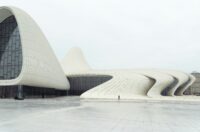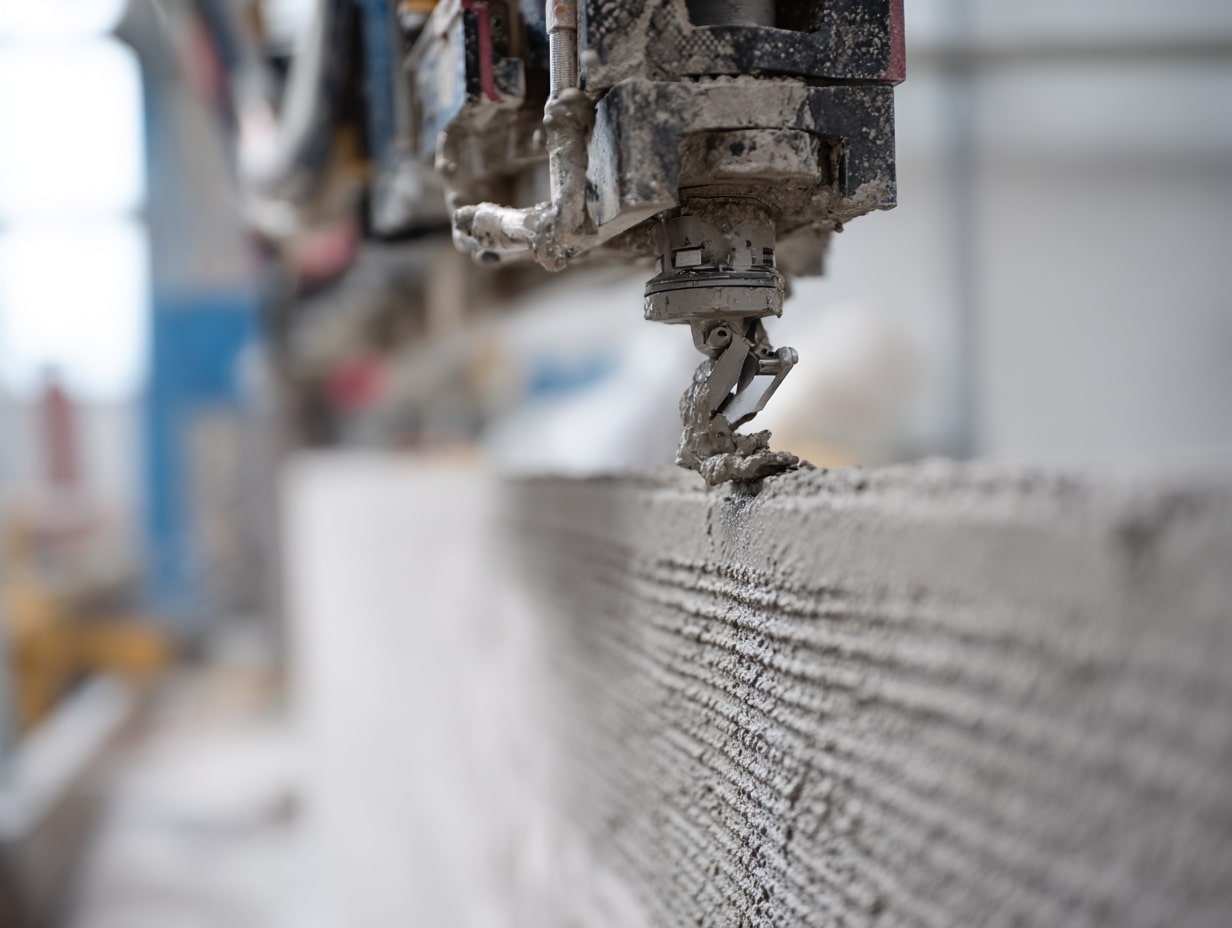- Home
- Articles
- Architectural Portfolio
- Architectral Presentation
- Inspirational Stories
- Architecture News
- Visualization
- BIM Industry
- Facade Design
- Parametric Design
- Career
- Landscape Architecture
- Construction
- Artificial Intelligence
- Sketching
- Design Softwares
- Diagrams
- Writing
- Architectural Tips
- Sustainability
- Courses
- Concept
- Technology
- History & Heritage
- Future of Architecture
- Guides & How-To
- Art & Culture
- Projects
- Interior Design
- Competitions
- Jobs
- Store
- Tools
- More
- Home
- Articles
- Architectural Portfolio
- Architectral Presentation
- Inspirational Stories
- Architecture News
- Visualization
- BIM Industry
- Facade Design
- Parametric Design
- Career
- Landscape Architecture
- Construction
- Artificial Intelligence
- Sketching
- Design Softwares
- Diagrams
- Writing
- Architectural Tips
- Sustainability
- Courses
- Concept
- Technology
- History & Heritage
- Future of Architecture
- Guides & How-To
- Art & Culture
- Projects
- Interior Design
- Competitions
- Jobs
- Store
- Tools
- More
Top 10 Movies About an Architect That Blend Creativity and Emotional Depth
Discover the fascinating world of films featuring architects, where creativity meets human depth. Explore stories of ambition, relationships, and legacy, from "The Fountainhead" to "500 Days of Summer," showcasing architecture's emotional resonance and its role as a narrative force. Dive into the profound connection between design and life through compelling characters and cinematic brilliance.

Architecture has always been a fascinating blend of creativity and precision, and when it takes center stage in movies, we’re treated to stories that inspire, challenge, and captivate. Films about architects often explore more than just blueprints and skyscrapers—they delve into ambition, relationships, and the human desire to leave a lasting mark on the world. These characters bring their visions to life, and their journeys resonate with anyone who’s ever dreamed big.
Whether it’s the struggle to balance art and practicality or the emotional weight of creating something timeless, these movies give us a glimpse into the minds of architects. They remind us that every building tells a story, and behind every design is a person striving to shape the world in their unique way. Let’s dive into some of the most compelling films where architects take the spotlight and inspire us with their passion and creativity.

Table of Contents
ToggleThe Appeal Of Movies About An Architect
Movies about architects captivate us by blending creativity with human depth. These films often showcase the intricate balance between the professional obligations of designing transformative spaces and the personal challenges faced by architects. By highlighting this duality, they provide a unique lens into the lives of creators whose work tangibly shapes our world.
Architects in movies frequently serve as metaphors for vision and persistence. Characters in these roles often wrestle with societal constraints, ethical dilemmas, or personal aspirations, making their journeys relatable and inspiring. For example, films like The Fountainhead depict the uncompromising pursuit of artistic integrity, while 500 Days of Summer explores how design mirrors emotional states.
Cinematography adds another layer to the appeal. Many of these films utilize architectural spaces as visual elements, turning cities, buildings, and interiors into characters themselves. This interplay of imagery and narrative amplifies the emotional resonance of the story, creating a richer viewing experience.
Iconic Movies Featuring Architects
Movies featuring architects often delve into narratives that highlight their visionary creativity and the complexities of their lives. These films portray architects as both dreamers and pragmatists, offering a unique perspective on the architectural world.
Fictional Tales Centered On Architects
Fictional films explore imagined narratives, often placing architects in compelling scenarios. The Fountainhead (1949), adapted from Ayn Rand’s novel, follows Howard Roark, a fiercely independent architect battling societal pressures to preserve his artistic vision. In 500 Days of Summer (2009), Tom Hansen, an architect and greeting card writer, grapples with love and how design expresses his emotional journey. Indecent Proposal (1993) showcases married architect David Murphy’s ethical turmoil as financial desperation threatens his personal integrity. These stories connect architectural ambition with broader human conflicts and emotions.
Biographical Films About Real Architects
Biographical films bring the lives of renowned architects to the screen. The Belly of an Architect (1987) depicts the struggles of fictional architect Stourley Kracklite, loosely inspired by the tribulations of real-life architects, spotlighting obsession with legacy and perfection. My Architect (2003), a documentary, examines the life and work of Louis Kahn through the lens of his son as he delves into his father’s architectural achievements and personal complexities. Such films provide an authentic view into architects’ creative brilliance and the nuances of their personal lives.

Common Themes In Architect Movies
Architect movies often explore profound themes that intertwine creativity, personal challenges, and human aspirations. They reveal the intricate balance between visionary design and the emotional landscape of the individuals behind it.
Creative Vision And Design
These films consistently highlight architects’ innovative approaches to solving design challenges. They showcase how architects transform abstract ideas into tangible realities, aligning form with function. For instance, “The Fountainhead” dives into the uncompromising artistic integrity of a modernist designer, while “My Architect” reflects on the extraordinary works of Louis Kahn, blending personal journey with architectural achievement. These stories frame architecture as both an art and a science, emphasizing its power to impact lives.
Struggles And Triumphs
Architect stories often depict struggles with professional limitations and personal dilemmas. Themes like financial strain, ethical decisions, and balancing creativity with practicality reoccur. In “Indecent Proposal,” an architect confronts moral and relationship conflicts, illuminating the challenges of maintaining integrity under unforeseen pressures. Similarly, “The Belly of an Architect” delves into the ambition for legacy amidst health and emotional struggles, showing the human cost of devotion to one’s craft. These narratives reflect resilience and highlight the emotional triumphs intertwined with architectural endeavors.

Notable Performances By Actors Playing Architects
Actors portraying architects have delivered standout performances that highlight their characters’ passions, struggles, and ambitions. These roles bring architecture’s emotional depth and creative challenges to life on screen.
Memorable Characters
Memorable portrayals of architects in film often explore the complexities of their personalities. Gary Cooper’s depiction of Howard Roark in The Fountainhead showcases unwavering dedication to artistic integrity. In Indecent Proposal, Woody Harrelson plays David Murphy, an architect grappling with moral dilemmas and the impact of personal decisions on his career and relationships. Joseph Gordon-Levitt’s character in 500 Days of Summer is a young architect whose designs mirror his emotional journey, illustrating architecture’s connection to personal growth and creativity.
Other notable examples include Anthony Hopkins in The Human Stain, where his architect persona reflects internal conflict and reinvention, and Brian Dennehy in The Belly of an Architect, whose performance dives into obsession and the burden of legacy. These characters resonate by blending human vulnerabilities with professional aspirations.
Portrayal Of Architectural Work
Cinematic portrayals of architecture emphasize its role as an extension of the characters’ inner worlds. In The Fountainhead, intricate attention to modernist designs underscores Howard Roark’s visionary ideals. The Belly of an Architect weaves detailed architectural renderings into the narrative, symbolizing ambition and mortality.
Contemporary films like 500 Days of Summer use urban landscapes and building designs to reflect a character’s mood, reinforcing architecture as a narrative device. Meanwhile, documentaries like My Architect focus on Louis Kahn’s real-life projects to intertwine professional triumphs with complex personal stories. These films effectively integrate the essence of architectural design into their storytelling.
How Architecture Shapes The Storytelling
Architecture in films serves as more than a backdrop; it influences characters, moods, and narratives. Through thoughtful design, spatial arrangements, and aesthetic symbolism, architecture seamlessly integrates into the storytelling process.

Cinematic Use Of Design And Space
Filmmakers use architectural spaces to emphasize narrative tone or character dynamics. Grand, open spaces often symbolize freedom or potential, while confined, dimly lit designs reflect tension or emotional constraints. For example, the sleek modernist structures in “The Fountainhead” mirror Howard Roark’s uncompromising ideals. Similarly, the juxtaposition of Summer’s airy apartment and Tom’s regimented office in “500 Days of Summer” conveys their contrasting personalities and evolving relationship.
Camera angles accentuate these spaces by guiding viewer perception. A wide shot of an expansive hall conveys awe, while tight framing within a cramped room cultivates unease. This interplay between architecture and cinematography highlights how design constructs emotional resonance and enriches visual storytelling.
Symbolism In Architectural Elements
Architectural elements often represent abstract themes, enhancing a film’s depth. Towers, for instance, symbolize ambition or isolation, as seen in “The Fountainhead” with Roark’s skyscraper designs, serving as metaphors for his lofty aspirations. Bridges in films like “My Architect” denote connection or transition, aligning with personal and creative journeys.
Materials and structures carry meaning too. Concrete and steel in modernist settings often reflect resilience or innovation, while ornate designs suggest nostalgia or opulence. In “The Belly of an Architect,” classical motifs underscore an obsession with legacy and timelessness, embodying the protagonist’s internal struggle. By embedding such elements into narratives, films explore how architecture mirrors the human condition.
Conclusion
Movies about architects offer unique perspectives on the intersection of creativity, ambition, and human experience. They allow us to explore the personal and professional dimensions of design, revealing the profound connection between the structures we inhabit and the emotions they evoke. Through compelling characters and intricate narratives, these films provide valuable insight into the architectural world and its influence on our lives. From the artistic integrity of Howard Roark in The Fountainhead to the reflective journey in My Architect, these stories celebrate the resilience, vision, and depth of architects, bridging the boundaries between architecture and cinema.
- and movies inspired by architecture
- architect-themed films
- architects in cinema
- architectural creativity in movies
- architectural design movies
- architecture and emotion in film
- Architecture Documentaries
- architecture in film
- award-winning architect movies
- best architecture movies
- classic architect movies
- creativity in architecture films
- emotional depth in architecture movies
- films about architecture
- films about famous architects
- films exploring architecture
- inspiring architecture films
- Movies about architects
- movies featuring architects
- movies with architects as main characters
- top architect movies
Submit your architectural projects
Follow these steps for submission your project. Submission FormLatest Posts
3D Printed Homes: Time, Cost, and What to Expect
3D printed homes explained: realistic timelines (24–72h walls, 8–16 weeks total), true...
How a Contact Centre Boosts Trust in Your Building Business
In construction, trust is the glue that holds projects together. Clients need...
How Real Time Parcel Geolocation Is Redefining Last Mile Efficiency for Modern Businesses
Last mile delivery has become the most critical point in the customer...
How Can Small Spaces Stay Stylish and Relaxing?
In today’s fast-paced urban lifestyle, small living spaces are becoming increasingly common....












Leave a comment